|
Listen to this article:
|
On my last work trip to New York City, I was feeling desperate. Walking endless blocks through January snow squalls did nothing to dent my travel insomnia, and my mood, focus, and digestion were a mess. I finally stopped into a Sixth Avenue storefront with a large reflexology foot map in the window, where a stoic practitioner plunked my feet into a tub of hot water to start the treatment. That night I slept like a stone.
The Practice, Explained
During my treatment, the practitioner pressed and massaged various spots on my feet and toes. At one point, he leaned into a spot on my foot’s arch, and the pain in my lower back spiked. “Your back is tight,” he observed, without removing his hands from my feet. The pain subsided, then disappeared.
Such insight never fails to shock me. How did he know I could feel that in my back?
The answer is not strictly mystical: He’d located a trigger point. These points put the “reflex” in reflexology, and they’re why a foot treatment can ease a variety of travel woes in less than an hour. All the relevant organs (including the racing brain) have corresponding points in the feet.
“Working with the feet affects the entire energy body and physical body,” explains integrative physician Ann Marie Chiasson, MD, MPH, in her book Energy Healing. “This is why reflexology is so effective.”
Reflexology points are similar to, but not synonymous with, points used during acupuncture. And the goal of these modalities is the same — to release blocked energy.
“A reflexologist may feel the energy move from a point of pressure on the feet . . . throughout the body,” explains Karen Teagarden, ARCB, a certified reflexologist who writes on the topic for the University of Minnesota’s Center for Spirituality and Healing. “When working on the spleen and gallbladder points, the practitioner can access the points and at the same time feel a flow of energy.”
Then and Now
One of the earliest known foot maps is a pictograph in an Egyptian tomb. Discussions about the connection between foot points and vital energy appear in 3,000-year-old Chinese medical texts.
In the early 20th century, several American physicians mapped out vertical and horizontal zones with corresponding pressure points. William Fitzgerald, MD, first wrote about the zones in 1917, after learning that applying pressure to a zone relieved pain during minor surgeries.
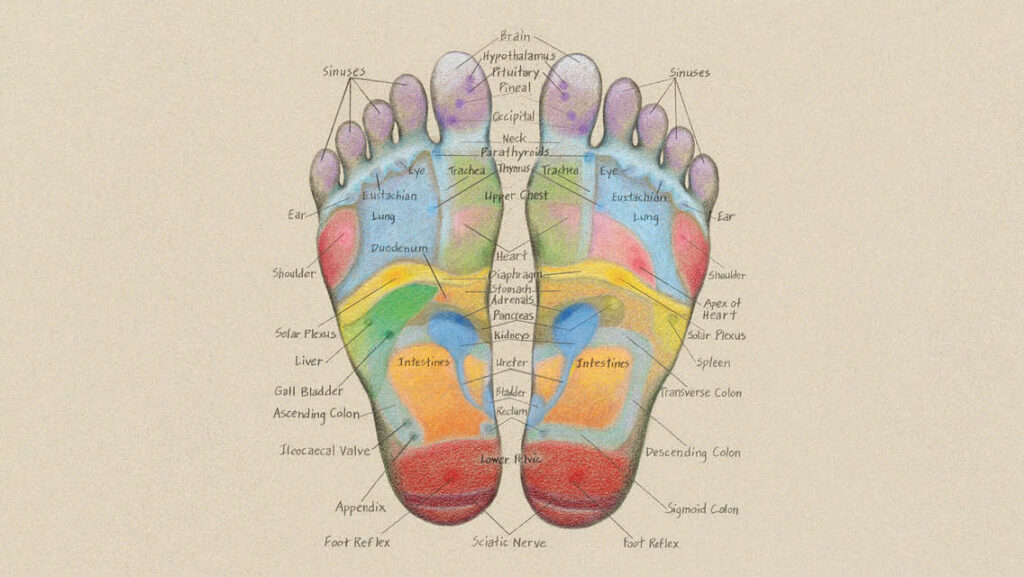
Today, research shows reflexology can provide symptom relief in a wide range of contexts. One meta-analysis published in 2023 found reflexology can relieve pain and fatigue for people with multiple sclerosis. Another study, from 2020, indicates foot reflexology reduces pain and anxiety for burn patients having their wound dressings changed. A study published in 2021 shows reflexology helps relieve nausea and vomiting during cancer treatment. Additional research has found reflexology helpful for sleep disturbances, migraines, and restless legs syndrome.
There are several theories for how reflexology works: by regulating the central nervous system, by reducing stress, or by keeping the body’s vital energy flowing. Still, as with many traditional practices, it’s impossible to pinpoint the exact mechanisms at play, much to the aggravation of skeptics. All we know with certainty is that these treatments routinely provide relief.
Reflexology in the World
Because reflexology involves easy access points like the feet and ears, it’s often part of complementary healthcare programs in hospitals. Some massage therapists offer it as an add-on service. And while reflexology is not technically massage, it can produce the same degree of relaxation and well-being — all while the recipient remains fully clothed. This makes it a good stress- and pain-relief option for the shy.
To find a practitioner, check the national directory of the American Reflexology Certification Board. Or walk into the nearest storefront with a reflexology foot map in the window. A certified practitioner is sure to know how your feet connect to the rest of you.
Natural Healing
Energy medicine has a long history across many cultures. Today, we also have research to confirm the value of these subtle modalities for health and well-being. Explore other articles in our Natural Healing department to learn how you can embrace these modalities in your own life.
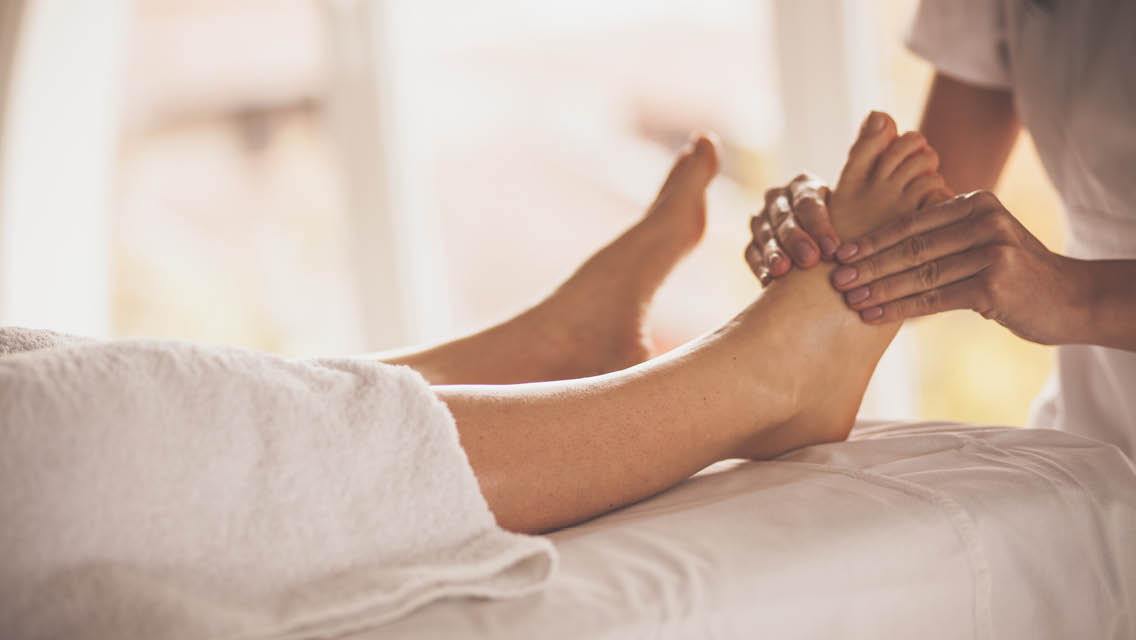


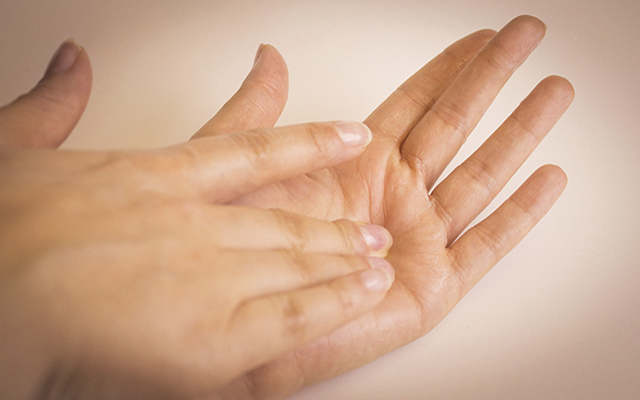
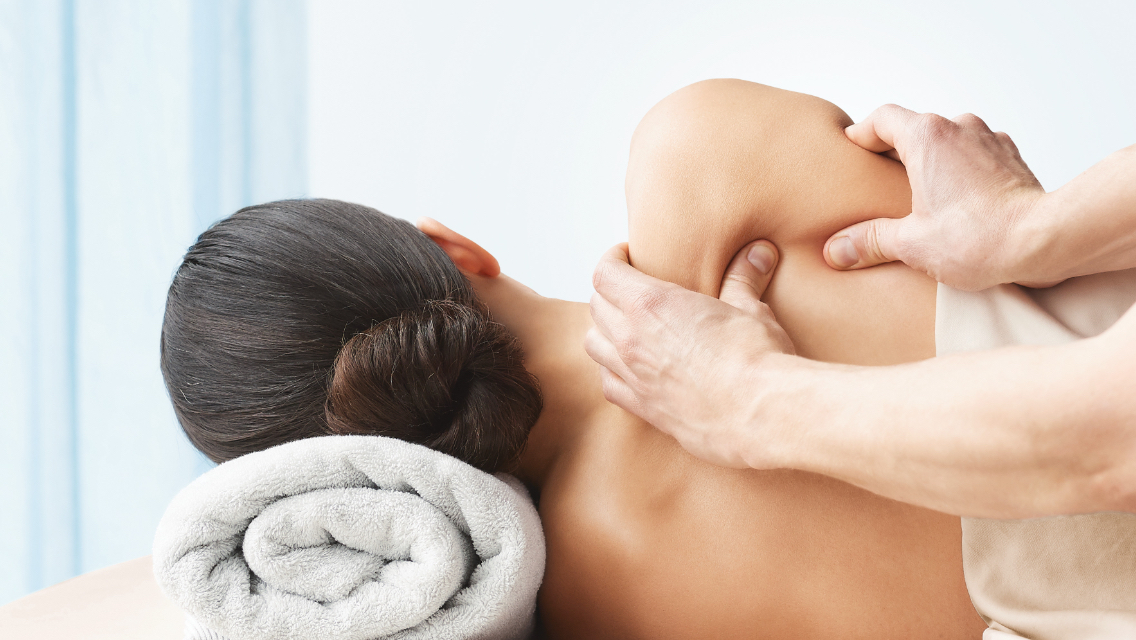
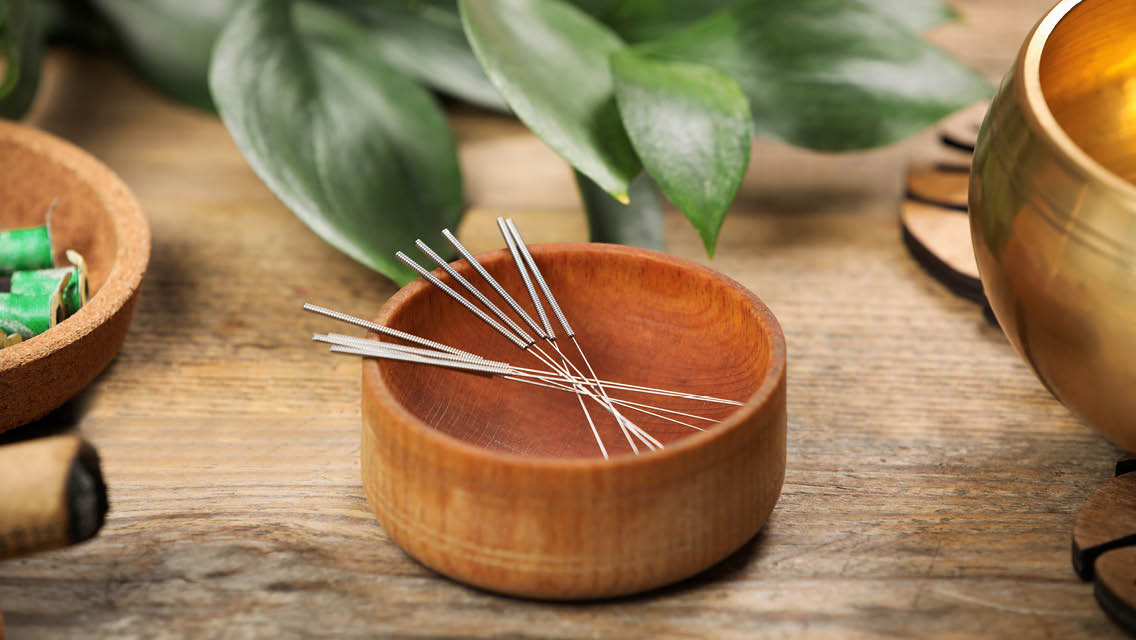
This Post Has One Comment
Thank you so much for reminding me about this system for wellbeing; I certainly would benefit from it. I appreciate the link as well for finding a practitioner🙂